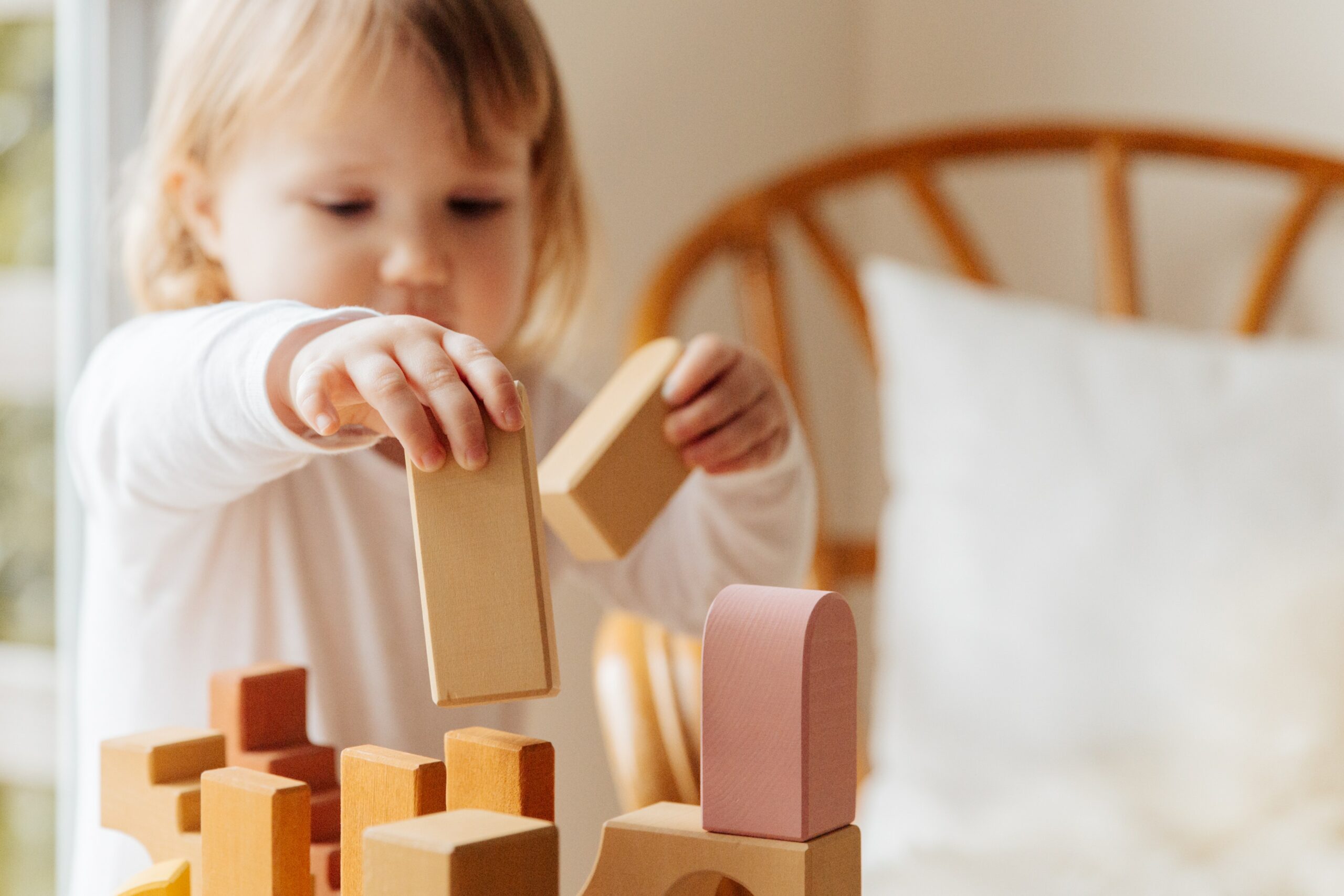This is a guest post from the Researcher & Editor of MuddySmiles.com
Play is considered an integral focus of childhood for an important reason. When children play, they aren’t merely amusing themselves; instead, they’re striving for developmental milestones by testing their physical, cognitive, and social limits and learning new skill sets.
For children with Autism Spectrum Disorder (ASD), the development of play skills sometimes begins in a limited context. Repetitive behavior, focusing on a single aspect of a toy’s function rather than its overall use, and difficulty using imagination and social skills can all impact the level to which children with ASD benefit from their playtime. While these limitations are normal and expected for children on the autism spectrum, there are simple play interventions parents can try at home in order to introduce new play skills in a safe, comforting environment.
Discovering Cause and Effect
Realizing that actions cause reactions is part of the self-realization children naturally experience through play. This understanding is a basic building block for other learning concepts and skills. For children with ASD, actively realizing the relationship between their actions and the results of an interaction can sometimes require prompting from a parent or teacher.
Play Idea: Toys that pop up, like a jack-in-the-box, are perfect teaching tools for the relationship between actions and reactions. Sitting across from your child, cycle through the entire play experience — wind the crank, demonstrate curiosity by watching the toy, and then surprise when it pops. Repeat this several times before allowing your child to try the experience for themselves.
Exploring Surroundings
Using sight, hearing, smell, taste, and touch to explore surroundings is a natural part of childhood development, but for children with ASD, issues with this exploration can occur. Sensory sensitivity may make exploring new textures, sounds, and other sensations overwhelming or unpleasant. Finding developmentally appropriate opportunities to explore objects and sensations is one way this concern may be overcome.
Play Idea: A busy board, a compact unit filled with objects that can be manipulated and explored safely by children, is a wonderful teaching tool for children with ASD. Begin by demonstrating some of the board’s features to your child, letting them see how they work several times. Then, give them some time to explore the board independently, seeing how they react and what objects they interact with. Continue to play together, using the board as an exploration tool for sounds and sensations.
Hands-On Experiences
So-called traditional hands-on play refers to the use of toys for their intended purpose, such as using a toy car to pretend to drive. It’s common for children with ASD to focus on specific aspects of a toy — perhaps opening and closing the car’s door, or spinning its wheel — rather than using it typically. Gently demonstrating proper use of toys can help children to familiarize themselves with new ways to use and enjoy them.
Play Idea: If your child is using a favored toy only within a repetitive scope, rather than correct them, join in on their activity. Demonstrate interest, and when it’s appropriate, take a turn and gently demonstrate proper use of the toy — in the case of a toy car, making it drive along a path, perhaps even making car sounds. Demonstrate plenty of enthusiasm, and give your child a chance to try it out as well. If they’re frustrated or not receptive, try again another time to avoid causing stress.
Using the Imagination
While taking on roles and telling stories are often associated with the folly of childhood, children with ASD may be more attracted to play activities centered around logic and facts. Imagining a story, playing a role, and understanding tone and non-verbal communications are common struggles for those with ASD, but simple storytelling play can help to teach empathy and interpersonal skills while also encouraging imagination.
Play Idea: Using a child’s favorite toy, tell a simple, short story about how the toy is feeling. Draw an example from your child’s life that they might understand — perhaps dolly dropped her ice cream, and is feeling sad. After repeated practice, encourage your child to be the storyteller, asking what the toy is feeling and why.
Building as Play
Constructing towering block monoliths and other building-set creations has both physical and cognitive benefits for kids, who develop logic, critical thinking, and motor skills during play. Though some children with ASD both excel at and prefer building play, others who struggle with coordination and motor skills may need practice and guidance in getting started.
Play Idea: The simple act of building a tower is a great way to get started with block play. Start with just a few blocks, demonstrating how they can be stacked to create a tower. Allow your child to play with the blocks and form their own creation. As they become more comfortable creating towers with small numbers of blocks, increase the number to encourage them to continue developing the skill.
Although the development of play skills can take more time, attention, and dedication for children with ASD, guided interventions from parents and teachers have the power to change the outcomes of these skill-building attempts for the better. Remember to stay focused, be patient, and never be afraid to try again tomorrow; the learning experience is an ongoing journey, and calm, consistent teaching methods are the key to success.
